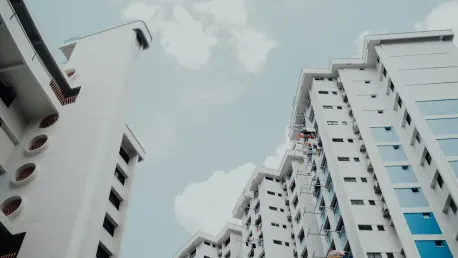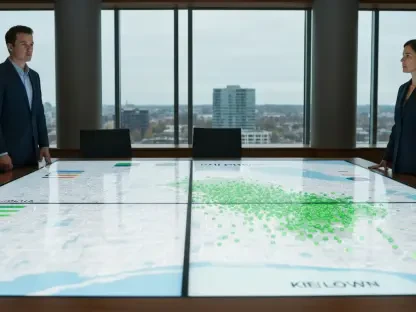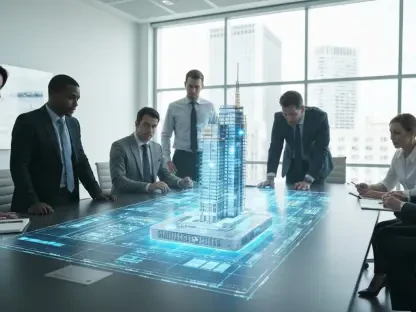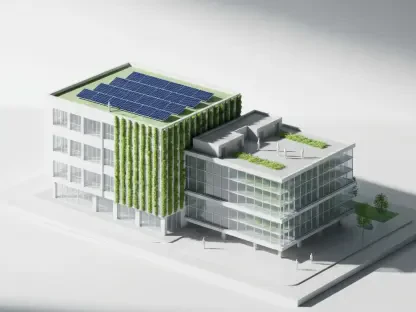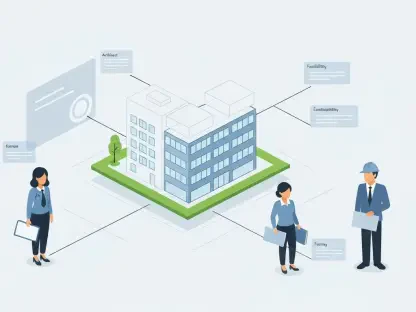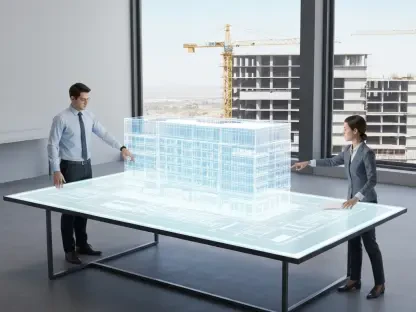The economic fallout from the COVID-19 pandemic has left many cities grappling with the plummeting values of commercial properties. This decline has placed a significant tax burden on residents, prompting lawmakers and developers in Minnesota to seek innovative solutions. One such proposal is a bill aimed at incentivizing the conversion of underused office buildings into housing or other commercial spaces. The proposed state tax credit, named the “Credit for Conversion of Underutilized Buildings” or “CUB credit,” seeks to offer a financial boost to such adaptive reuse projects, potentially revitalizing urban areas struggling with vacant commercial properties.
The CUB Credit and Its Potential Impact
The CUB credit proposes a tax incentive of up to 30% of a project’s cost, targeting buildings that are at least 15 years old and have been half-vacant for five years. This initiative aims to transform these underutilized structures into income-producing, habitable spaces, whether for residential or new commercial purposes. The potential impact of such a measure could be substantial, reducing the tax burden on homeowners while stimulating economic activity within cities. However, this proposal faces financial hurdles, with state expenditures currently exceeding revenues.
Sen. Zaynab Mohamed underscores the importance of the CUB credit, asserting that it is a critical tool for advancing a wide range of adaptive reuse projects. Despite its potential, the bill’s financial feasibility remains a subject of debate. Senate Taxes Committee Chair Sen. Ann Rest has expressed concerns about the bill’s high costs, estimating it would require between $20 and $25 million annually without a cap on payouts. This significant expenditure has led to calls for a more financially sustainable version of the proposal.
Structural and Zoning Challenges
Beyond financial considerations, converting commercial buildings into residential units presents its own set of challenges. Structural issues, such as the presence of central plumbing systems and the lack of windows in many office buildings, complicate the conversion process. These buildings were not originally designed for residential use, which means significant modifications are often required to meet the demands of multiple bathroom units and residential living standards.
Zoning regulations add another layer of complexity to these conversions. Many urban areas have strict zoning codes that may not readily accommodate the shift from commercial to residential use. Building codes and regulations must be navigated carefully to ensure that conversions comply with all safety and habitability standards. This bureaucratic red tape can be a significant obstacle for developers looking to undertake such projects.
Economic and Community Benefits
Despite these challenges, there are compelling reasons to support the conversion of commercial buildings into housing. Minneapolis Mayor Jacob Frey has pointed out the sharp decline in commercial property values—9.5% over the past year alone—which has transferred a heavier tax burden to homeowners. By converting underused commercial spaces into residential units, the overall property values would increase, ultimately offsetting the lower tax rates. This shift could help stabilize the tax base, providing some relief to residents.
Developer Chris Sherman of Sherman Associates echoes this sentiment, highlighting the potential for higher property values post-conversion. Converting commercial properties to mixed-use developments that include residential units could significantly benefit urban areas. These projects not only increase the supply of housing but also invigorate neighborhoods that have been struggling with vacant buildings. The increased property values and economic activity could be a boon for local economies.
Future Considerations and Legislative Prospects
The economic impact of the COVID-19 pandemic has significantly affected many cities, causing a sharp decline in the value of commercial properties. As a result, residents are facing increased tax burdens. In response, lawmakers and developers in Minnesota are brainstorming innovative solutions to address this issue. One notable proposal is a bill that aims to encourage the transformation of underutilized office buildings into housing or other commercial spaces. This bill proposes a state tax credit known as the “Credit for Conversion of Underutilized Buildings,” or “CUB credit.” The goal of this credit is to provide a financial incentive for adaptive reuse projects. By converting these vacant commercial properties into more functional spaces, the initiative hopes to revitalize urban areas struggling with the economic fallout, ultimately easing the tax burden on residents and fostering community development.
